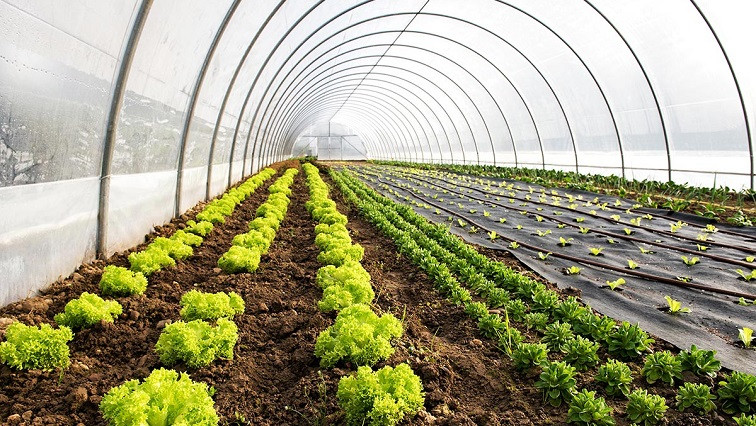A research team at Osaka University in Japan has developed green light wavelength-selective organic solar cells (OSCs) that transmit blue and red light necessary for crop growth and use green light, which contributes only a little to photosynthesis, for power generation.
“This was developed by taking advantage of the wavelength selectivity of OSCs,” said the research's lead author, Yutaka Ye. “As OSCs are lightweight and flexible, if they can be installed in agricultural greenhouses, it will be possible to generate electricity and grow crops on the same farmland.”
The research was presented in “Green-light wavelength-selective organic solar cells: module fabrication and crop evaluation towards agrivoltaics,” recently published in materialstoday.
The novel cell technology consists of an organic PV device based on a poly(3-hexylthiophene) (P3HT) donor that, according to the scientists, exhibits optimal green wavelength-selective absorption, and a green light wavelength-selective fluorinated-naphthobisthiadiazole-based non-fullerene acceptor (FNTz-FA).
The researchers sourced the P3HT material for the cell from US-based chemical company Sigma Aldrich and FNTz-FA was synthesized according to previous scientific research. The cell was built with a substrate made of indium tin oxide (ITO), a window layer of zinc oxide (ZnO), the P3HT donor, the FNTz-FA acceptor, a buffer layer made of molybdenum trioxide (MoO3), and a silver (Ag) metal contact.
With a similar cell architecture but with aluminum-doped zinc oxide (AZO), polyethylenimine (PEI) and PEDOT:PSS layers, as well as a gold (Au) metal contact, the scientists then constructed organic solar modules on a 100 cm2 and a 400 cm2 scale.
Tested under standard illumination conditions, the module achieved a total transmittance of 91% and a power conversion efficiency of 1.32%. It also obtained an open-circuit voltage of 4.50 V, a short-circuit current density of 45.5 mA, and a fill factor of 41%. “These results indicate that the P3HT:FNTz-FA films are applicable to the module-size OSCs for use in agricultural studies,” the scientists said.
They also found that the average transmission value of the P3HT:FNTz-FA-blend films was 46%. “Photosynthetic rate measurements revealed that the P3HT:FNTz-FA-blend film poses no interference in the growth of strawberries, and the green-light wavelength-selective absorbance shows no negative influence on the photosynthetic rate for tomatoes under the same transmitted irradiation power,” they further explained.
Through a series of preliminary tests, they also found that the tomato growth under indoor light transmitted through the proposed solar panels showed a good photosynthetic rate and strong potential in agrivoltaic applications.
Read the original article on pv magazine.







